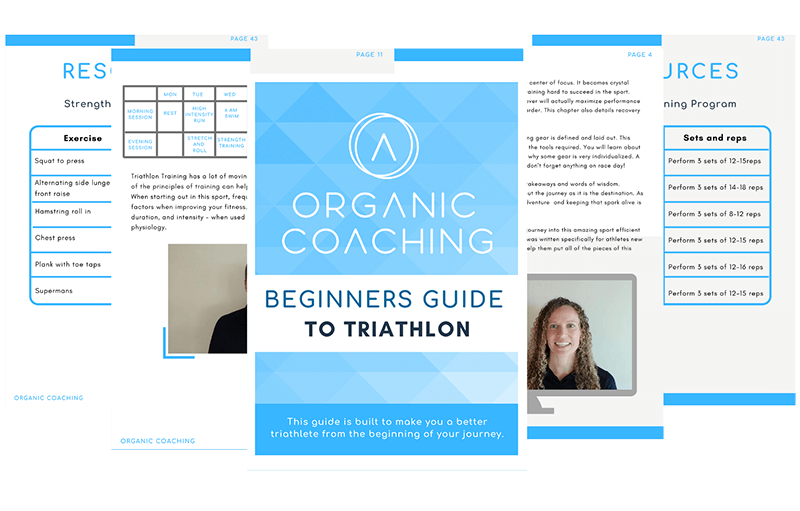
I was a skeptic. Like most, I assumed aqua jogging was an activity that runners were forced to resort to when they got injured. I wanted to understand the benefits of aqua jogging and what it was all about for myself. During an offseason after a heavy year of racing, my coach and I added some aqua jogging to my plan.
Over the course of a few months, my opinion completely changed. I learned how versatile and beneficial aqua jogging really is. Not only is it an excellent form of cross-training and a great way to add no-impact run volume but can also benefit as a recovery tool.
As you run underwater, the body is fighting against the force of water resistance which helps maintain and build the running-specific muscles. More specifically, it can be extremely beneficial to the glutes and hip flexors which tend to be weak spots in a lot of runners. As a bonus, the upper body is also getting in a workout when swinging through the water.
Aqua jogging can even help enhance your run form. With no ground to land on, the biomechanics of the leg swing can be practiced if not almost exaggerated. You should practice using a higher knee lift and fully extended hip flexors compared to running on dry land. This can translate to using a greater range of motion when running on dry land again. Aqua jogging workouts are a great time to focus on your posture and run form.
While it may not elicit the same level of exertion in terms of heart rate. Aqua jogging still is a great aerobic workout. Some studies have shown that a well-trained runner to maintain running fitness for up to 4 to 6 weeks with aqua jogging. Additionally, aqua jogging after a harder workout can help with recovery by introducing blood flow to aid in muscle repair.
The most common tool used in aqua jogging is a flotation belt. The floatation belt consists of waterproof foam padding designed to provide buoyancy in the water and support your lower back. You wear the belt right above the hips to keep your head and the top of your shoulders above the water. You will want to use the belt in a pool deep enough that your feet cannot touch.
If you are not required to aqua jog due to injury or do not have access to deeper water. You can aqua jog in the shallow part of the pool with your feet touching the bottom and without a belt. This type of aqua jogging does have some impact on the body.
If you do not have a full lane open to jog in or want a higher-intensity workout. The other option is to use a tethering bungee cord. This will keep you jogging in one place but also provide more resistance.
The first couple of times in the pool should be used to get familiar with aqua jogging. After you have figured out the tools and movements, you can try some longer steady-state or interval workouts. It can be daunting going back and forth during the longer steady-state workouts. So I highly encourage you to go with a friend or use waterproof headphones for some entertainment.
If you have never tried aquajogging before, I highly encourage you to give it a try!
READ MORE: SWIMMING: FLIP TURN VS OPEN TURN

Carly and Tyler Guggemos built Organic Coaching in 2014 with a simple philosophy that works. The idea is to take what you have and grow it to get faster, fitter and stronger. And to do it with the time you have – not the time you wish you had.

For athletes who are ready to take their training to the next level while still thriving and succeeding in their professional and family life.
Copyright © 2024 Organic Coaching LLC